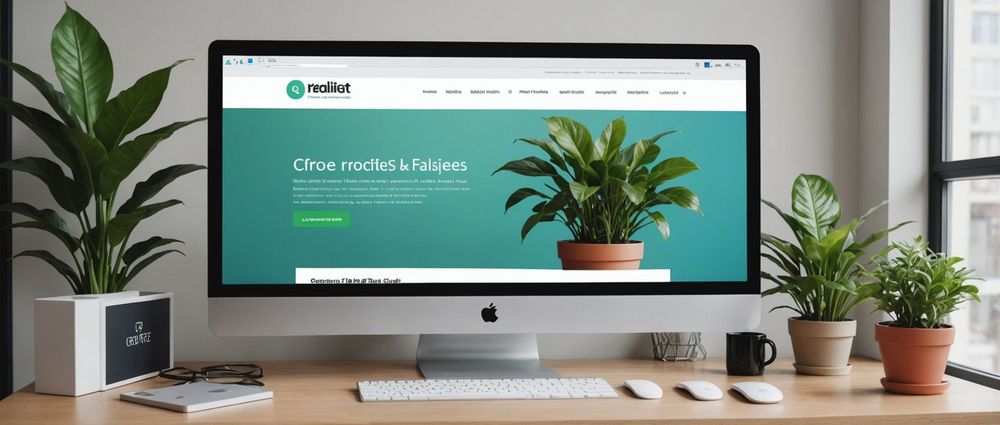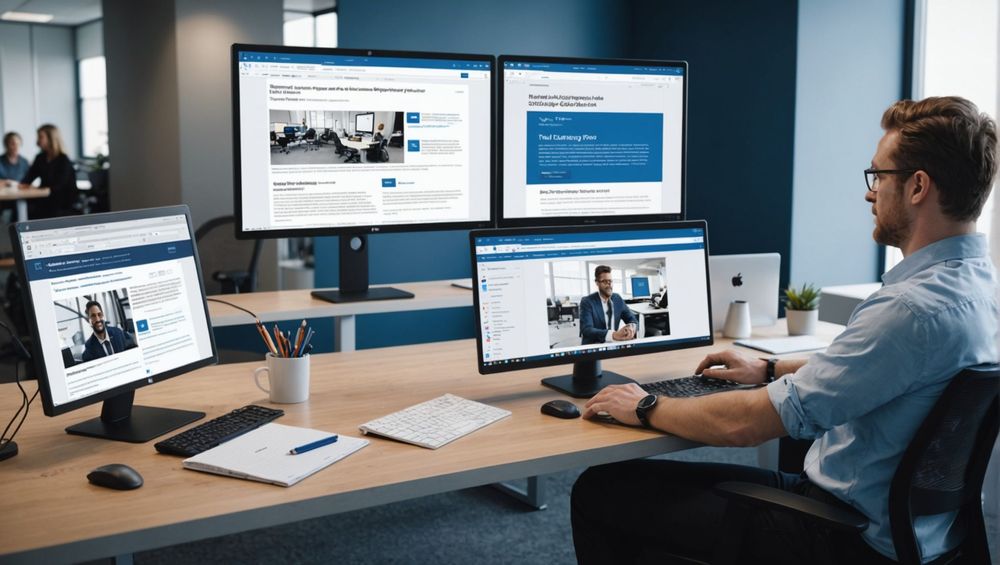If you’re looking to improve your website’s conversions, refining your landing pages is essential. This article explores critical yet straightforward tips for creating landing pages that captivate visitors and drive action.
Understand Your Audience

To craft a compelling landing page, you first need to understand who your audience is. This involves both demographic and psychographic information. Knowing your audience enables you to tailor your message and design elements to meet their needs, preferences, and pain points effectively. Conduct surveys, analyze website analytics, and review customer feedback to gather this information. By understanding your audience, you can create a landing page that resonates with them and compels them to take action.
Optimize Your Headlines

Your headline is the first thing visitors see when they land on your page, making it one of the most crucial elements. A compelling headline should be clear, concise, and convey the primary benefit of your product or service. Avoid using jargon and ensure the headline is relevant to the ad or link that brought visitors to the page. Consider A/B testing different headlines to see which ones convert better. Remember, the headline sets the tone for the rest of your content, so make it powerful.
Create Clear and Concise Copy

Visitors to your landing page should immediately understand what you’re offering. Avoid long-winded sentences and technical jargon. Instead, use clear and simple language that even a layman can understand. Break up text with bullet points and short paragraphs to make it more digestible. One effective approach is to follow the PAS (Problem, Agitation, Solution) formula in your copy. Start by addressing a problem, then agitate it to highlight the consequences, and finally, present your solution. This keeps the reader engaged and more likely to convert.
Implement Strong Calls-to-Action (CTAs)
The Call-to-Action (CTA) is the linchpin of your landing page. It tells visitors what you want them to do next. Use action-oriented words that create urgency and are easily understandable. Your CTA should stand out visually from the rest of the content, ideally through contrasting colors and strategic placement. Here are some elements to consider for an effective CTA:
- Button Color: Should contrast with the rest of the page
- Button Text: Should be clear and action-oriented (e.g., “Download Now,” “Get Started”)
- Placement: Should be located above the fold and at the end of the page
Test various CTAs to find out which one performs the best. A small change in the wording or design can make a significant difference in conversion rates.
Enhance User Experience (UX)
User experience is crucial for keeping visitors engaged and guiding them smoothly to your CTA. Ensure that your landing page loads quickly, as slow load times can result in high bounce rates. The layout should be intuitive, with easy navigation and a clear hierarchy of information. Use visuals like images, videos, and infographics to break up the text and maintain interest. Make sure that the page is responsive and looks good on all types of devices, especially mobile phones. Good UX will increase the likelihood that visitors will complete your desired action.
Conclusion
Creating an effective landing page involves understanding your audience, optimizing headlines, writing clear and concise copy, implementing strong CTAs, and enhancing the overall user experience. By focusing on these critical aspects, you can significantly boost your conversion rates and make your marketing campaigns more successful. Continuous testing and optimization will keep your landing pages performing at their best.
FAQ
1. What is the most important element of a landing page?
The most important element of a landing page is the headline. It is the first thing visitors see and sets the tone for the entire page.
2. How can I improve the loading speed of my landing page?
Improving loading speed can be achieved by optimizing images, using a fast hosting service, and minimizing the use of heavy scripts and plugins.
3. What is A/B testing and why is it important?
A/B testing involves comparing two versions of a landing page to see which one performs better. It’s important because it helps you identify what works best for your audience, thereby improving conversion rates.
4. How often should I update my landing page?
You should regularly update your landing page based on performance analytics, user feedback, and ongoing A/B testing to ensure it remains effective.
5. What is the PAS formula in copywriting?
PAS stands for Problem, Agitation, Solution. It is a copywriting technique that involves discussing a problem, agitating it to highlight its severity, and then presenting a solution to keep the reader engaged.



